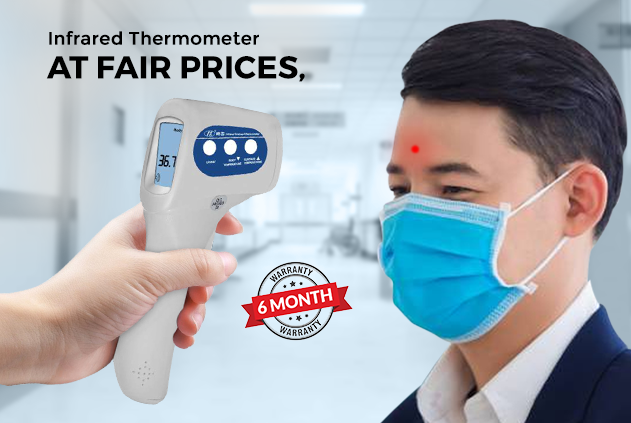5 Tips to Measure Humidity Accurately
Last Updated on October 16, 2024
Measure Air Humidity
Humidity is the measure of the water vapour present in the air. Humidity can be measured in terms of relative humidity, dew point temperature, fractions, or concentration. Hygrometers are devices used to measure humidity. You can buy humidity meters online from some of the best brands – namely Waco, Sigma, Kusam Meco, Mextech, and Precise. Humidity determination is critical to many businesses – namely, manufacturing, storage, pharmaceutical, chemical, petroleum, woodwork, etc.
High humidity can cause condensation on the windows and walls of a building, damaging the structure; facilitate bacterial and fungal growth in places that are not well-ventilated; cause respiratory and other allergies in less immune people and cause spoilage of preserved food products. People living in low humidity conditions often complain of dry throats.
Steps You Need to Perform While Measuring Humidity Accurately
Thus the determination of humidity affects many businesses. Given below are five tips critical to measuring humidity accurately:-
Purchasing the correct hygrometer (humidity meter)
Choosing the correct type of hygrometer is very important. Temperature variations, relative humidity, and pressure variations help determine the kind of humidity meter required for a particular task.
More expensive the humidity meter, the more accurate will be the humidity readings and more advanced will be the features offered by it. Select either a digital humidity meter or an analog one depending on your requirement.
Reading the user manual
It is very important to read and understand the user manual before using the humidity meter to make readings.
Checking the accuracy of your device and ensuring accurate calibration
The humidity meter should be accurate and properly calibrated. The damp cloth test –wrapping the humidity meter with a damp cloth – determines whether the humidity meter is accurate or not; if the humidity meter reads around 95% post the completion of the test, then it is accurate.
Calibration of humidity meters can be checked with respect to that of another hygrometer making use of a stable humid gas source. Merely calculating the calibration does not imply accuracy; adequate restorations have to be made to ensure proper readings.
Knowing the parameters and terminology
Being acquainted with all the factors and terminology related to your humidity meter can also ensure a broader understanding and hence more accurate readings. Know the various humidity affecting concepts – saturation, partial pressure, saturation vapour pressure, supercooled water and dew point.
Saturation is defined as the maximum amount of vapour that can be held by a gas at a certain temperature; supercooled water is water in a liquid state below its regular freezing point and dew point temperature is the temperature at which the gas would condense if it were cooled.
Keeping external factors in check
External forces can influence the readings of the humidity measured by humidity meters. Temperature, pressure differences or physical distance of the human body from the humidity meter are external factors that may induce certain errors in the humidity readings.
Final Note
By strictly adhering to the five tips discussed above, humidity measurements made will be nothing but perfect. You need to take care of each of these above-discussed points carefully while measuring the air humidity accurately with a high level of precision.


